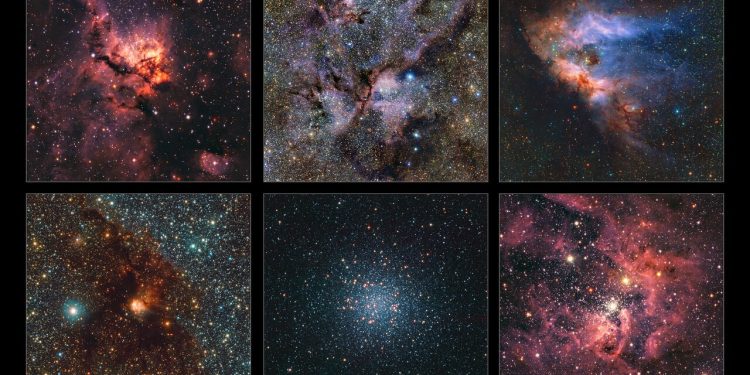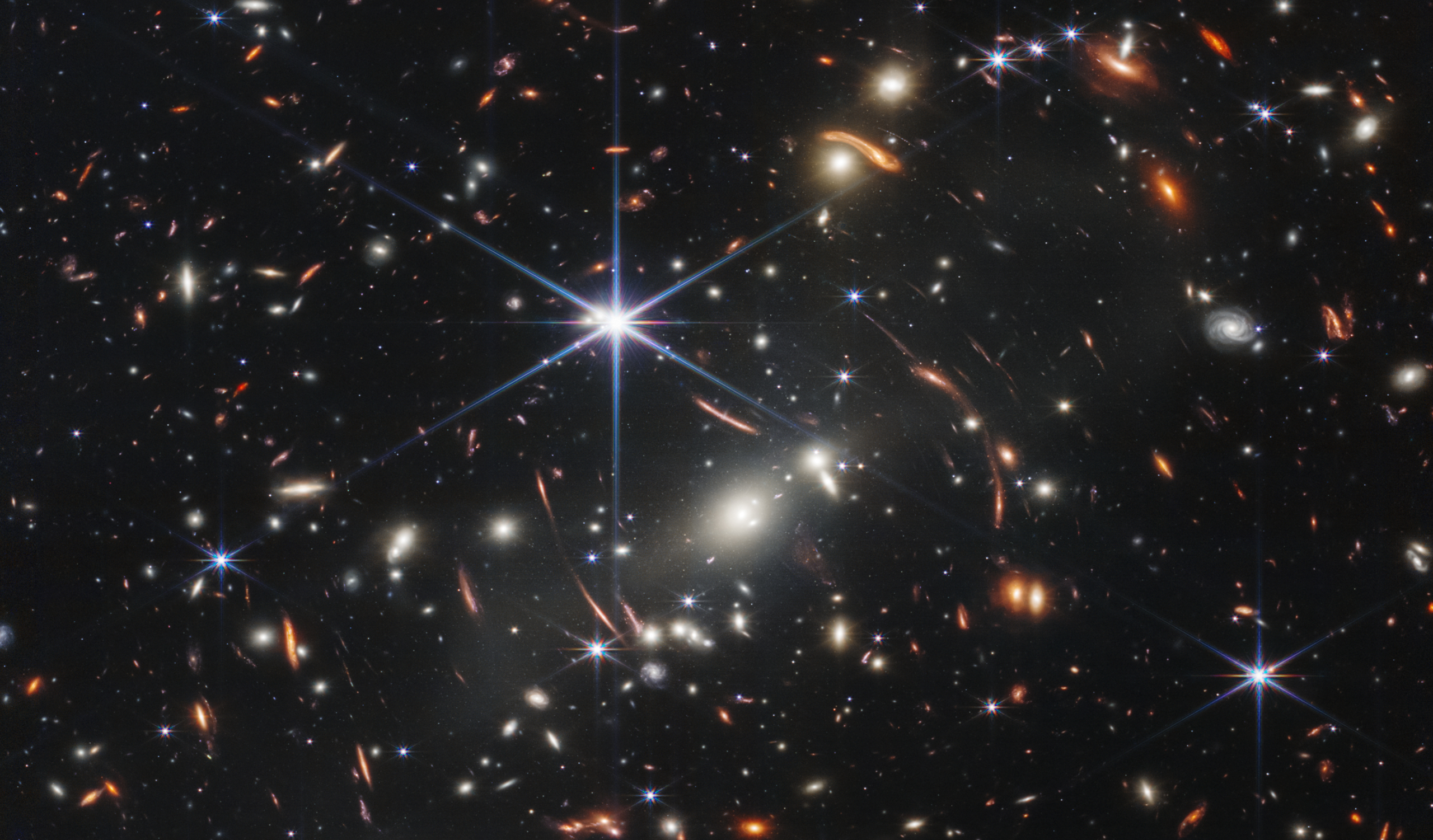Astronomers have just unveiled the most intricate infrared map of the Milky Way, featuring more than 1.5 billion objects in extraordinary detail. Using the European Southern Observatory’s (ESO) VISTA telescope, the team has spent over 13 years mapping the heart of our galaxy. With 500 terabytes of data, this is the largest observational project ever conducted with an ESO telescope.
“This project has completely transformed our understanding of the Milky Way,” says Dante Minniti, the astrophysicist from Universidad Andrés Bello in Chile who led the research. This new map offers a wealth of discoveries, providing unparalleled insights into the structure and evolution of our galaxy.
A Record-Shattering Galactic Survey
The map, composed of 200,000 images captured by the VISTA telescope at ESO’s Paranal Observatory in Chile, offers a detailed look at the Milky Way like never before. VISTA’s infrared camera, VIRCAM, enables scientists to peer through thick clouds of gas and dust that usually obscure our view of the galaxy’s core, giving us access to some of its most hidden regions.
This massive dataset spans a sky area equivalent to 8600 full moons and is ten times more detailed than a previous map from 2012. It features everything from newborn stars still wrapped in dense clouds of dust to ancient globular clusters, home to millions of the oldest stars in the Milky Way. Thanks to VISTA’s infrared capabilities, astronomers can also detect very cold objects like brown dwarfs—failed stars that lack nuclear fusion—and free-floating planets that don’t orbit a star.
13 Years of Observation, Countless Discoveries
The observations began in 2010 and continued until mid-2023, covering 420 nights of stargazing. By repeatedly scanning the same parts of the sky, researchers were able to track the movement of objects and monitor their brightness over time. This has led to the creation of an accurate 3D map of the galaxy’s hidden inner regions.
The team also identified hypervelocity stars—stars catapulted out of the Milky Way’s core after close encounters with the galaxy’s supermassive black hole. These fast-moving stars offer critical insights into the forces shaping the galaxy.
The Future of Galactic Exploration
The data from this project comes from the VISTA Variables in the Vía Láctea (VVV) survey and its follow-up, VVVX. Together, these surveys have generated over 300 scientific papers, and the analysis of the data is expected to continue for decades. Meanwhile, ESO is preparing for the next phase of exploration. VISTA will soon be equipped with the new 4MOST instrument, and the Very Large Telescope (VLT) will gain the MOONS instrument. These tools will allow astronomers to analyze the spectra of millions of objects, leading to even more groundbreaking discoveries.











